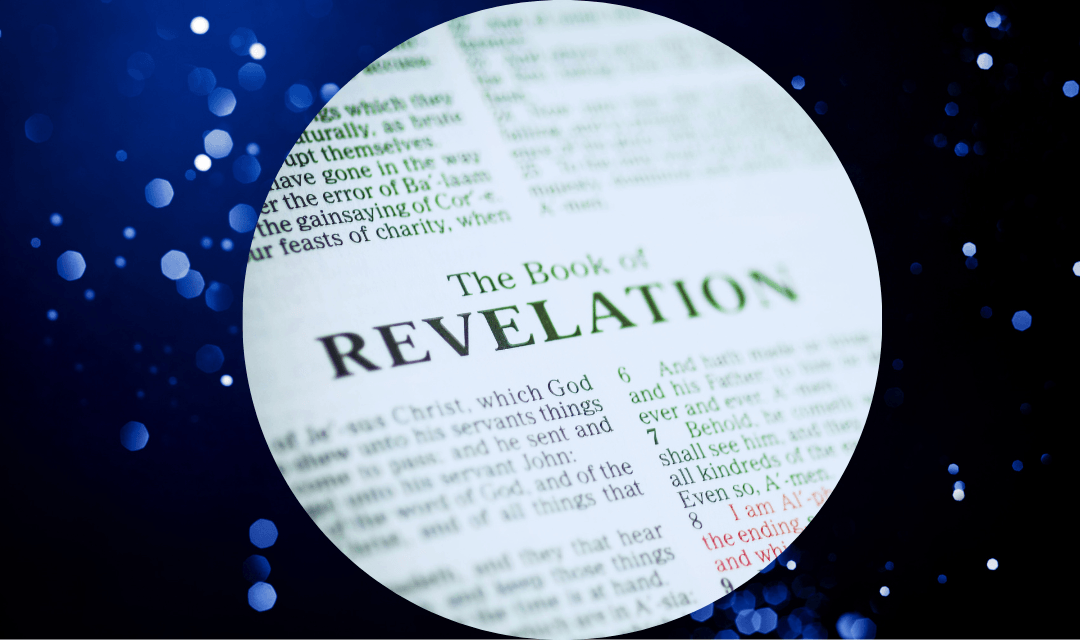By Hank Hanegraaff
In the same way that buildings contain clues that unveil the identity of their architects, so, too, books contain clues that unveil the identity of their authors. In the case of Revelation, three possibilities have been put forward, but only one fits the design.
First is a notion that can be dismissed rather rapidly, namely, the idea that Revelation was written pseudonymously. Pseudonymity (writing under a false name) was largely practiced by writers who lacked authority. Thus, they borrowed the names of authentic eyewitnesses to the life and times of Christ to create an air of credibility. In sharp contrast, the book of Revelation provides ample internal evidence that it was written by a Jew intimately acquainted with the historical events and locations he wrote about. Only a handful of extremists today even countenance the possibility that Revelation could have been written pseudonymously.
Furthermore, it is commonly argued that Revelation was written by a shadowy figure named John the Elder. Like pseudonymity, this contention has its feet firmly planted in midair. It would be better grounded if there were even a shred of historical certainty that John the Elder existed in the first place. (According to eminent New Testament scholar R. C. H. Lenski, the reason the “Elder theory” caught on in the first place is not historical evidence but distaste for chiliasm—i.e., millenarianism.) It is far more likely that John the Elder is just another way of referring to John the apostle. Indeed, John described himself as “the Elder” not to distinguish himself from “the apostle,” but to emphasize his authority and seniority. In short, there is scant evidence that a distinct John the Elder even existed, and there is sufficient evidence that John the Elder and John the apostle are one and the same.
Finally, while there is little to commend the notion that a shadowy figure named John the Elder wrote the book of Revelation, there is ample evidence that it was written by John the apostle. The very fact that the author of the Apocalypse simply calls him- self John is a dead giveaway that he was well known throughout the churches in Asia Minor. Additionally, the fingerprints of John the apostle are all over the Apocalypse! One need only open their eyes and ears to apprehend the clues. For example, John—and John alone—identified Jesus as the Word or Logos (John 1:1, 14; Revelation 19:13). Likewise, John alone identified Jesus as the true witness (John 5:31–47; 8:14–18; Revelation 2:13; 3:14), and it is John who most exploited the Mosaic requirement of two witnesses (John 8:12–30; Revelation 11:1–12). Added to this, there is undeniable commonality in the symbolic use of the number seven that transcends its literal meaning. It is also noteworthy that, like the gospel of John, Revelation is a literary masterpiece.
Identifying John as the author of the Apocalypse goes a long way toward shutting the door to speculations that Revelation was a late first-century—or even a second- or third-century pseudepigraphal gospel like the Gospel of Judas. Moreover, the later the date, the less the likelihood that Revelation was written by an apostle or an associate of an apostle as posited by the early Christian church.
The conclusion of the matter is straightforward: there is no evidence that Revelation was written pseudonymously or by an imaginary John the Elder. The evidence convincingly points instead to John the apostle as the author of the Apocalypse. Just as the architects’ fingerprints are all over our residence, so the apostle’s fingerprints are all over Revelation.
I, John, both your brother and companion in the tribulation and kingdom and patience of Jesus Christ, was on the island that is called Patmos for the word of God and for the testimony of Jesus Christ.
Revelation 1:9 NKJV
For further study, see Hank Hanegraaff, The Apocalypse Code: Find Out What the Bible Really Says About the End Times . . . and Why It Matters Today (Nashville: Thomas Nelson, 2007).
***Note the preceding text is adapted from The Complete Bible Answer Book: Collector’s Edition: Revised and Expanded (2024). To receive for your partnering gift please click here. ***
